I was once told that we had to explore the darkness in our healing before we found the light; I never quite understood what that meant or how hard it would be until I really dug deep into my own healing.
What people don’t understand is how exhausting healing actually is. We have to face many demons. Often revisiting painful memories and emotions. Tapping into things we have done and are ashamed of. It requires immense courage to confront these aspects of ourselves, and a lot of self-reflection.
It can often be difficult to do because when we have moments of dissociation, it’s as if our brains go offline. For me, I didn’t want to be in my own body. Looking at myself reminded me of the abuse. Seeing my reflection in the mirror, all I saw was a stranger looking back. Someone I couldn’t connect with or understand. Someone I didn’t want to even exist.
There is so much work that goes into the concept of finding it acceptable to exist exactly how we are. To take up space and to make noise. It takes active practice and it is a lot of work.
I wish for so much change
I strive to be a lighthouse and shine my own light. To be the change I wish I saw in the world I grew up in. I try to show as much kindness as possible because growing up I wasn’t shown it by my abuser. I have learned that compassion can heal wounds that seemed impossible to mend. By extending empathy to others, but it’s hard when we aren’t given it in return. It takes a lot to understand that people can only meet you where they are capable of doing so.
It took me a while to realize that focusing on things I can’t control saps my energy to focus on things I can. But I still have moments where I forget and go into full-blown control mode. It’s a survival instinct where being in control prepares me for anything that may harm me. But it’s not sustainable. I have carried the weight of the world on my shoulders due to my trauma for decades, and I am tired of feeling so heavy.
I’ve been learning to let go, to release the burden, and to find peace within myself. But I know it doesn’t go away overnight. I often wish I wasn’t abused. That I had a normal childhood. But I was, and I didn’t. These were the cards that life dealt me, and all I can do is make amends for the things I have done in my past, learn to forgive myself, and continue working on my self-acceptance.
Making peace with ourselves takes time.
Our minds are programmed to pay attention to the problem, and anxiety and trauma make that even more pronounced. I have had a lot of difficulty reconciling that I cannot fix everything, and that’s okay.
On my healing journey, I have learned just how sensitive I am to the world and the people around me. The actions and the words said by others. Removing the barrier I had to protect myself has opened me up to a lot of emotional turmoil. I went through a long period of not feeling anything in particular about my trauma, and now that I have been unpacking and dealing with strong, unresolved issues that have been stuffed very deep down, it often makes me question everything I knew.
While healing, we deal with a form of intense grief, and what helps is strong emotional bonds. But sometimes those bonds are broken, and it makes things more difficult because, in a way, more grief sets in. It’s like being on a merry-go-round, and round and round we go. In some instances, it can even feel like chronic emotional pain.
Having cPTSD means calm environments equal inner chaos and chaotic environments equal inner calmness, or it helps drown out the turmoil we have inside our heads. When we feel calm and safe, it can often feel too much. We have a habit of gravitating towards chaos and stress because it feels like home. It’s unlearning that pattern that requires a lot of patience and understanding.
It’s all a process, and I am learning to make peace with myself. To endure all the darkness so I can find the light and be my own lighthouse. I am deep in healing, and I was never prepared for just how hard it actually is.
Photo by Annie Spratt on Unsplash
Guest Post Disclaimer: Any and all information shared in this guest blog post is intended for educational and informational purposes only. Nothing in this blog post, nor any content on CPTSDfoundation.org, is a supplement for or supersedes the relationship and direction of your medical or mental health providers. Thoughts, ideas, or opinions expressed by the writer of this guest blog post do not necessarily reflect those of CPTSD Foundation. For more information, see our Privacy Policy and Full Disclaimer.
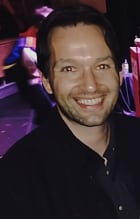
Born and raised in Boston, Jack Brody has called New York City home for over 30 years. He’s a proud father to a teenage daughter, a survivor of childhood abuse, and someone who knows firsthand what it means to live with Complex PTSD.
Diagnosed six years ago, Jack has been on a deep healing journey, one marked by therapy, growth, hard truths, and unexpected resilience. As a men’s mental health advocate, he shares his story to remind others that they’re not broken, not alone, and never beyond hope.
Whether through his writing, podcast, or quiet conversations with fellow survivors, Jack’s mission is simple: to speak honestly about the hard stuff, and to show that healing out loud is not only possible, it’s powerful.
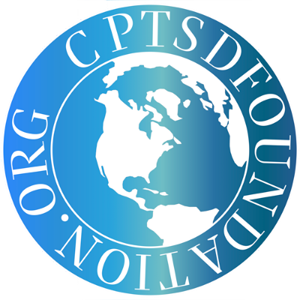
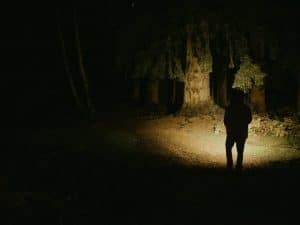

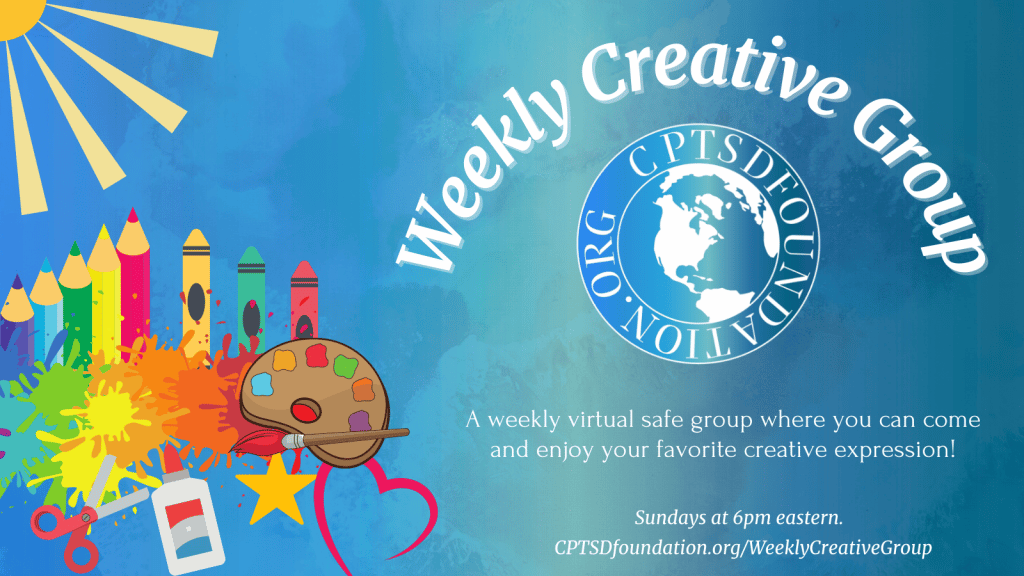
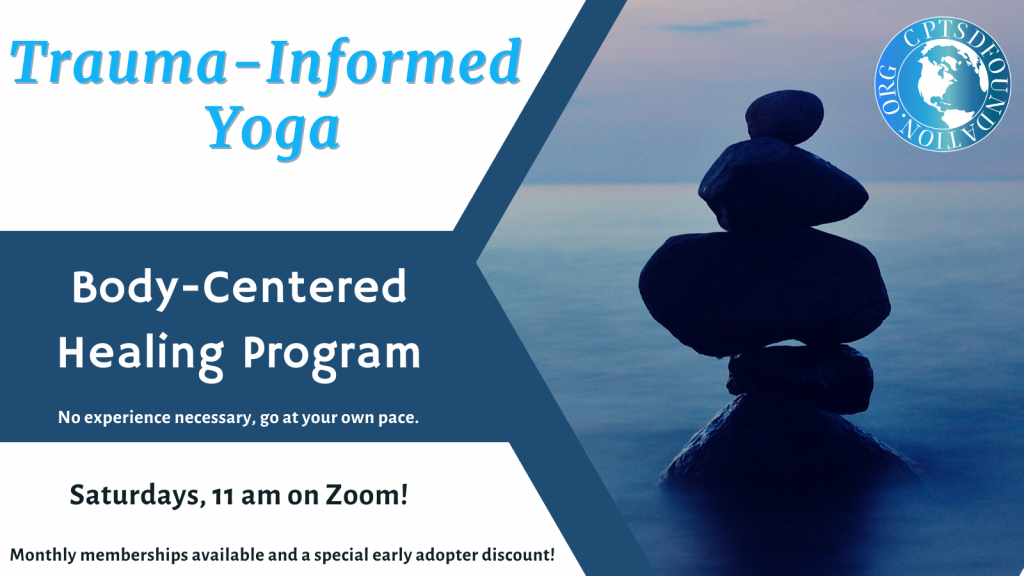
Hi Jack, thank you so much for sharing your story. I wanted to let you know that I have been a reader of yours since you began writing for the foundation. Your raw honesty is truly refreshing, and I can relate to many of the experiences and feelings you are currently navigating during your healing journey. It really is the hardest thing I have ever done as well, but it is so worth it. I also strive to be a light for others, no matter what I have been through. Thank you for sharing your story!
Thanks for following along and your kind words.
Thank you for sharing your experiences, in particular for sharing how difficult your healing journey has been. I’m so glad I’m not alone in that. The grieving of what has been lost is one of the hardest parts.
I sometimes feel like healing is futile because it’s exhausting and can bring up overwhelming thoughts and emotions. I am thankful I’m now able to ask for and receive more support when I need it.
Once in a while I get a glimmer of lightness, of peace. Maybe those times of lightness will become more frequent. Reading your story gives me some hope. It helps to be reminded that others are traveling the same road.
Healing is definitely a journey and one that none of us know what to expect. It certainly is exhausting but very much worth it.